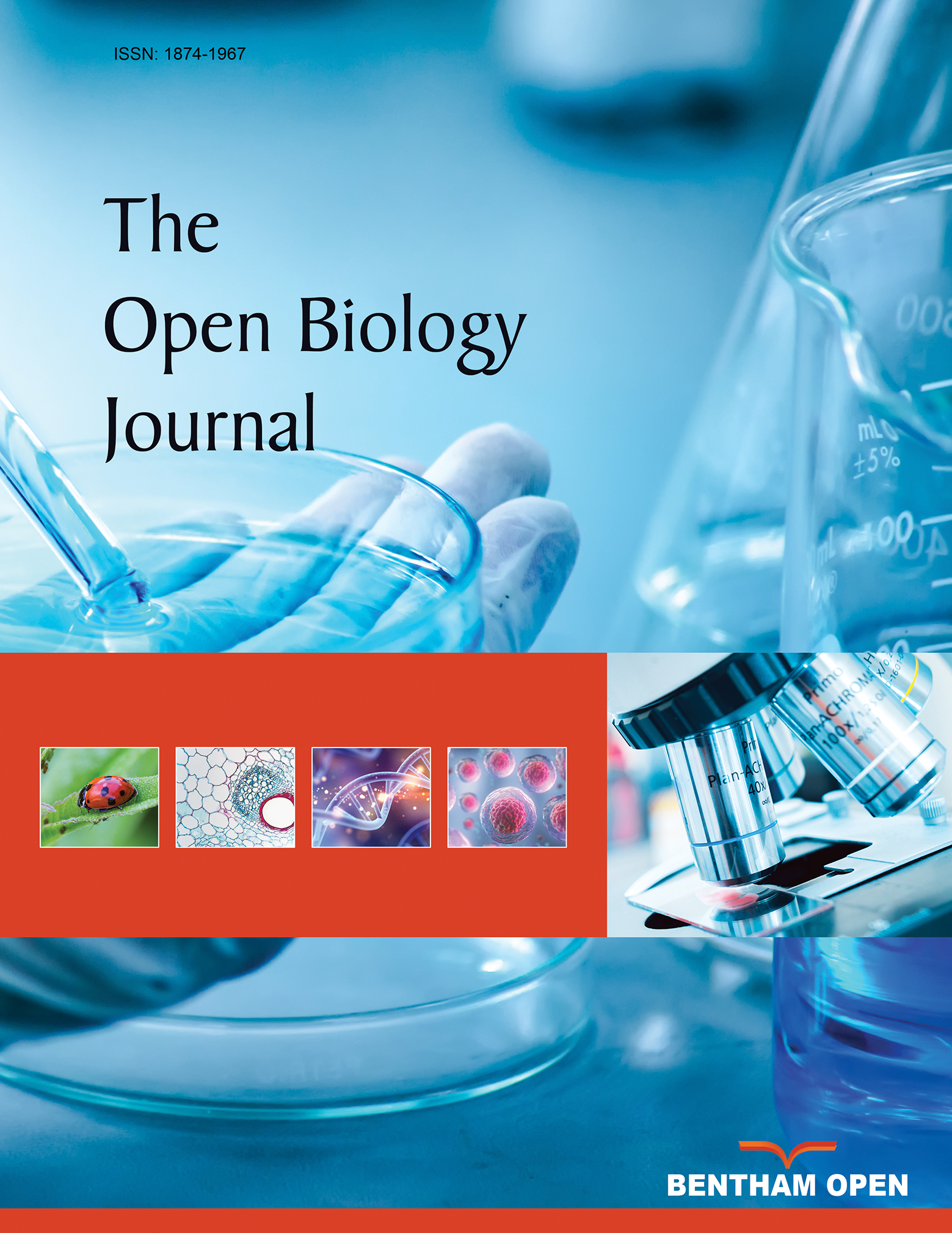All published articles of this journal are available on ScienceDirect.
Optimization of Pectate Lyase Production from Paenibacillus polymyxa N10 using Response Surface Methodology
Abstract
The parameters affecting the production of pectate lyase from P. polymyxa N10 were studied using the response surface methodology agitation rate (X1, 100-300 rpm), temperature (X2, 25-45 °C) and pH (X3, 5.5-9.5). The most significant factors influencing enzyme production were temperature and pH. The second order polynomial regression model obtained was fitted and found adequate, with an R2 of 0.9600 (p < 0.001). A maximum pectate lyase activity of 84.5 U/ml was attained in 72 h of cultivation at agitation rate 200 rpm, temperature 35 °C and pH 8. Optimizations of agitation rate and aeration on pectate lyase production were also carried out in a 5-l stirred-tank bioreactor. The aeration rate was varied in the range of 0.5-2 vvm at agitation rate of 200 rpm (temperature 35°C and initial pH 8). At agitation rate of 200 rpm, the shear force was high and then decreased the pectate lyase activity due to its negative effect on the enzyme structure. A maximum pectate lyase activity of 110.42 U/ml in the bioreactor was close to that obtained from the shake flask fermentation study.


